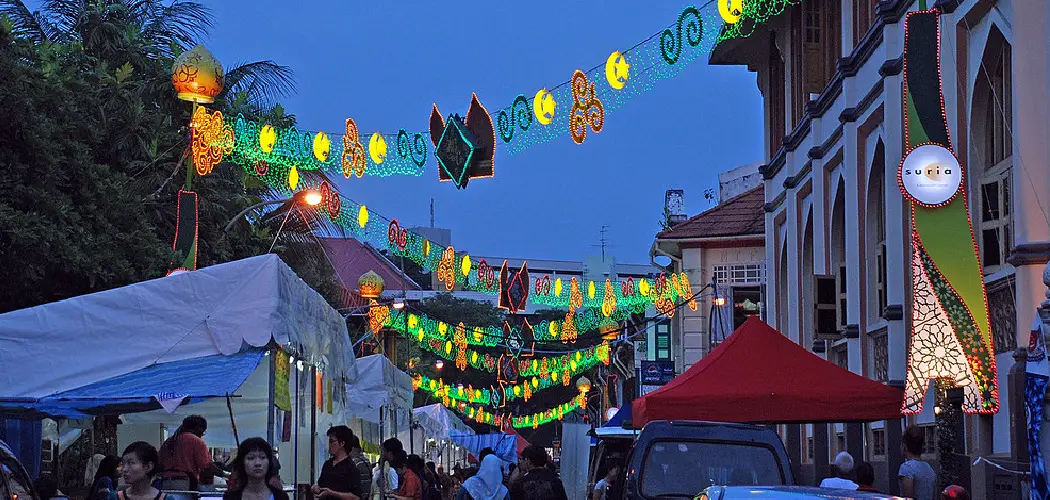It’s almost that time of year again when Muslims all over the world prepare to celebrate Ramadan. This holiest of months brings with it a special decorating opportunity for those celebrating at home! Decorating for Ramadan can be an incredibly meaningful and unique experience and, when done right, adds extra beauty to your celebrations.
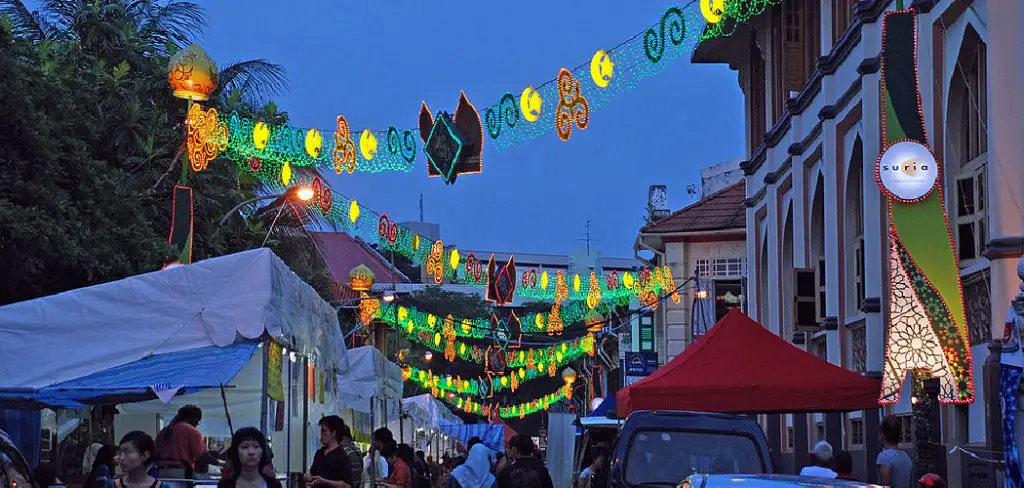
So if you’re ready to get your house decorations in order for this sacred month, then buckle up and read on how to decorate for ramadan as we explore some simple yet creative ways to deck out your living space with color, fun, and lots of holiday cheer!
What is Ramadan?
Ramadan is the ninth month of the Islamic calendar and is observed by Muslims worldwide as a time of spiritual reflection, self-improvement, and increased devotion to God. It commemorates the revelation of the first verses of the Quran to Prophet Muhammad (peace be upon him) and is considered one of the Five Pillars of Islam.
During this month, Muslims fast from sunrise to sunset, abstaining from food and drink, as well as other activities such as smoking and sexual relations. Ramadan is a time of self-discipline, giving to charity, and strengthening one’s relationship with God through prayer and good deeds.
Why Decorate for Ramadan?
While some may wonder why decorating for Ramadan is necessary, it actually serves multiple purposes. Firstly, it helps to create a festive atmosphere in your home, reflecting the excitement and spiritual significance of this month.
It also serves as a visual reminder of the importance of Ramadan and can be used as a teaching tool for children or non-Muslim guests. And lastly, decorating for Ramadan is an act of worship itself, as it is done with the intention of beautifying one’s home and pleasing God.
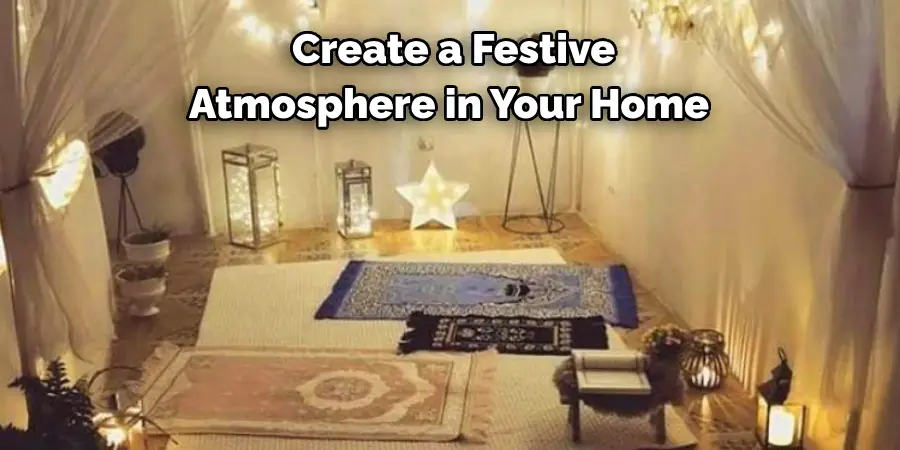
10 Step-by-Step Guidelines on How to Decorate for Ramadan:
Step 1: Get Inspired by Tradition
Taking inspiration from traditional Islamic art and design is a great way to start your decorating journey. You can incorporate geometric patterns, calligraphy, or even Arabic lanterns into your decorations for an authentic touch. You can also draw inspiration from the colors and styles commonly used in countries with large Muslim populations, such as Morocco or Turkey.
Step 2: Choose a Color Palette
Choosing a color palette is an important step in decorating for Ramadan. You can go with traditional colors such as green, gold, and white, which hold special significance in Islam, or opt for a more modern and vibrant color scheme. Whatever you choose, ensure that the colors complement each other and create a cohesive look. The chosen colors can be incorporated into your decorations through fabrics, candles, or other decorative items.
Step 3: Add Some Twinkle with Lights
Lighting plays a crucial role in setting the mood for any festive occasion, and Ramadan is no exception. You can use string lights or lanterns to add a warm and cozy glow to your home. You can also opt for battery-operated lights to avoid the hassle of cords and outlets. However, make sure to avoid using flashing or colorful lights as they may be distracting during prayers.
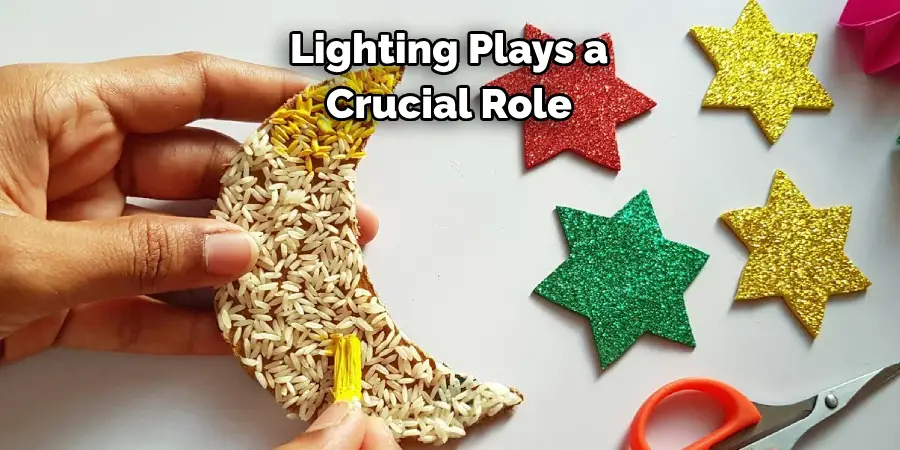
Step 4: Hang Some Banners and Garlands
Banners and garlands are a simple yet effective way to add some color and decoration to your home. You can purchase pre-made ones with Ramadan motifs, or get creative and make your own using construction paper, string, and markers. You can also incorporate some positive and festive messages, such as “Ramadan Mubarak” (Blessed Ramadan) or “Eid Mubarak” (Blessed Eid), to add a personal touch.
Step 5: Adorn Your Walls with Art
Adding some Islamic art pieces to your walls not only adds visual interest but also serves as a beautiful reminder of the spiritual significance of Ramadan. You can use framed calligraphy, paintings, or even wall decals with Islamic quotes or verses from the Quran. You can also get creative and make your own artwork using stencils or patterns.
Step 6: Decorate Your Table
The dining table is a central place for families to gather during Ramadan, so it’s important to give it some special attention. You can use a themed tablecloth, colorful plates and glasses, or even some table centerpieces such as flowers or lanterns. You can also add some festive touches to your food presentation by using decorative trays or serving dishes. It’s all about creating a beautiful and inviting atmosphere for your loved ones to share meals together.

Step 7: Bring in Some Natural Elements
Incorporating natural elements into your Ramadan decorations not only adds a touch of freshness but also holds spiritual significance in Islam. You can use fresh flowers or plants such as palm leaves or cacti to add some greenery to your home. You can also use dried fruits and nuts, which are commonly eaten during Ramadan, as table decorations. It’s a great way to bring the outdoors inside!
Step 8: Don’t Forget the Floor
The floor is often overlooked when it comes to decorating, but it can add an extra layer of beauty and coziness to your home. You can use colorful rugs, throw pillows, or even cushions with traditional designs or patterns. This not only adds visual interest but also creates a comfortable and inviting space for family and guests to gather. But be sure to leave enough floor space for prayer mats, as they are an essential part of Ramadan.
Step 9: Add Some Fragrance
Scented candles or incense can add a pleasant aroma to your home during Ramadan. You can choose scents that remind you of traditional Ramadan foods, such as cinnamon or cardamom or opt for more floral scents like rose or jasmine. Be mindful of any allergies or sensitivities, and keep the scents subtle so as not to overpower the space. You can also use reed diffusers or essential oil diffusers for a safer and longer-lasting alternative.
Step 10: Involve the Whole Family
Last but not least, get your family involved in the decorating process. It’s a great way to spend quality time together and create cherished memories. You can assign different tasks to each family member, such as making banners, arranging flowers, or setting the table. This not only lightens your workload but also gives everyone a sense of involvement and ownership in the process.
Following these step-by-step guidelines on how to decorate for ramadan can help you create a beautiful and meaningful Ramadan atmosphere in your home. Remember that the intention behind decorating for Ramadan is to beautify your space and bring joy and spiritual significance to this holy month. So have fun, get creative, and make it a memorable experience for yourself and your loved ones. Happy decorating!
Tips for Decorating for Ramadan
Use Traditional Decorations
Incorporate traditional colors such as green, red, and gold into your decor. These colors symbolize growth, good fortune, and happiness respectively. You can also use lanterns or crescent moons to add a touch of tradition to your decorations.
Add Some Sparkle
String up some fairy lights or add some glitter to your decorations for extra sparkle and charm. This is a wonderful way to create a warm and inviting atmosphere in your home during the long nights of Ramadan.
Get Crafty
Involve your family in creating homemade decorations such as paper lanterns, banners, or garlands. Not only does this save money, but it also adds a personal and unique touch to your decorations.
Make it Educational
Use the opportunity of decorating for Ramadan to educate your children or non-Muslim guests about the significance of this month. Display verses from the Quran or share stories about Prophet Muhammad (peace be upon him) and his teachings.
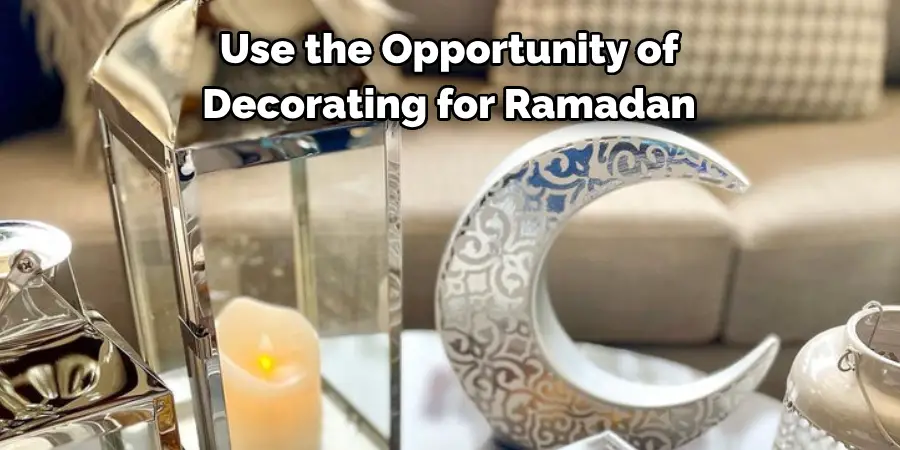
Frequently Asked Questions
Q1. Is It Necessary to Decorate for Ramadan?
Ans. No, it is not obligatory to decorate for Ramadan, but it can add joy and significance to the month. It is ultimately a personal choice. You can also choose to decorate minimally or simply with a few traditional items.
Q2. Can I Decorate My Home If I Am Not Muslim?
Ans. Yes, anyone can decorate their home for Ramadan as a way to learn and appreciate the culture and traditions of other religions. However, it is always respectful to ask for permission before participating in religious practices.
Q3. Can I Reuse My Ramadan Decorations?
Ans. Yes, you can reuse your Ramadan decorations year after year as a way to maintain traditions and create a sense of familiarity and nostalgia. It also helps reduce waste and is more environmentally friendly.
Q4. When Should I Take Down My Ramadan Decorations?
Ans. Ramadan decorations should be taken down after Eid al-Fitr, which marks the end of the month-long fast and celebrations. This usually falls on the first day of Shawwal, the following lunar month in the Islamic calendar.
Conclusion
To finish off the perfect Ramadan decoration, don’t forget to share countless laughs and love with your fellow family members. This isn’t just essential in decorating the festivities of this season but it’s also a need for inner peace and happiness.
So invite your near and dear ones, make them feel special, look over their shoulder while they’re eating a delicious dish made by you, hang up some lights; anything to show that you care about the holidays and appreciate their importance in your life. All of these tips on how to decorate for ramadan will help you build wonderful memories this Ramadan, that will be cherished for a lifetime. So what are you waiting for? Get decorating!

